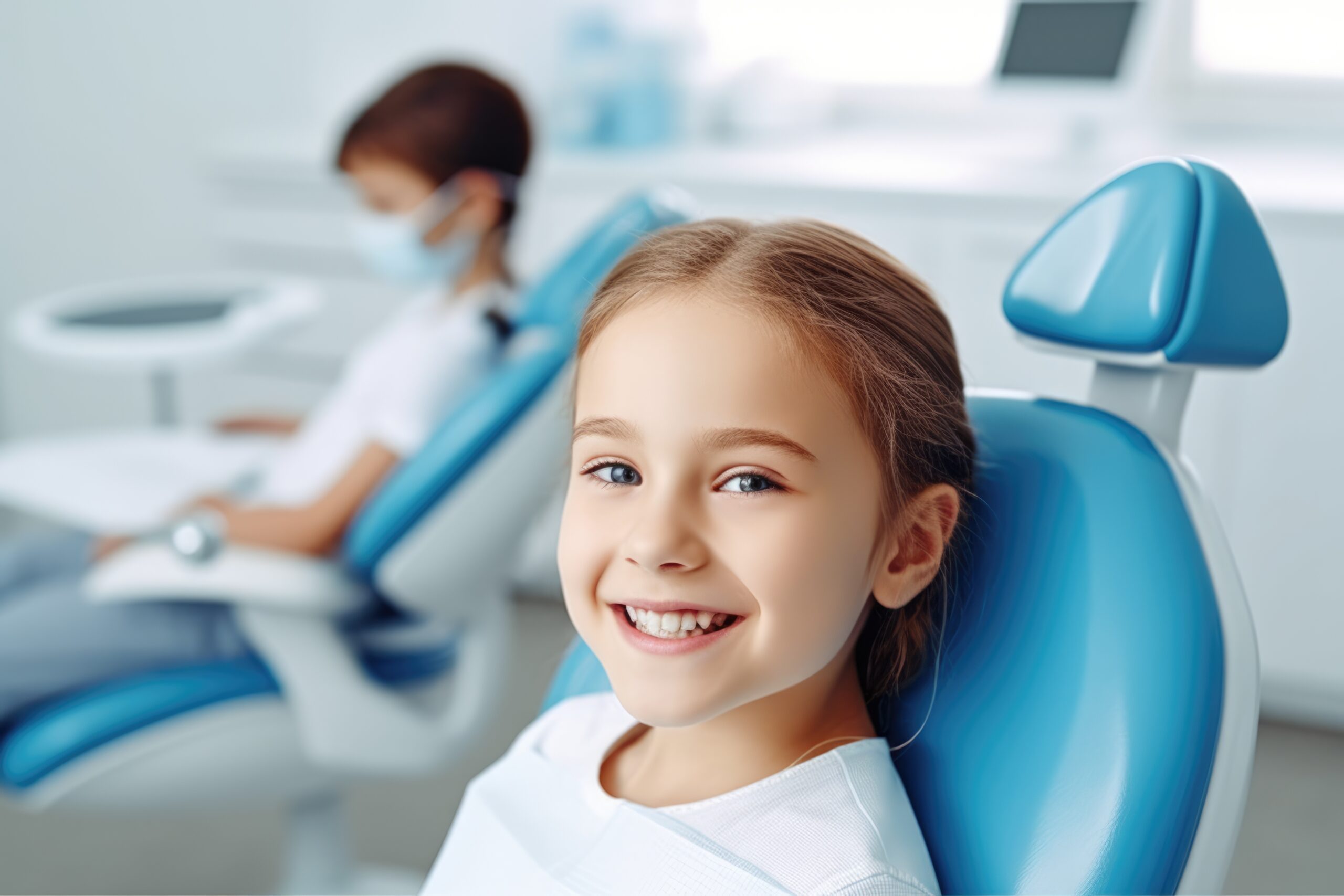
Navigating headaches
The Impact of Lifestyle Changes Headaches, a ubiquitous affliction, can be disruptive and debilitating, affecting individuals of all ages and backgrounds. While pharmaceutical interventions offer relief, lifestyle changes play a pivotal role in preventing and managing recurrent headaches. Understanding the intricate relationship between daily habits and headache patterns empowers individuals to take proactive measures in promoting long-term well-being.
1. **Hydration and Nutrition:** One of the fundamental lifestyle changes for headache management is maintaining proper hydration and a balanced diet. Dehydration is a common trigger for headaches, emphasizing the importance of regular water intake. Additionally, certain foods, such as those high in tyramine or artificial additives, may contribute to headaches in susceptible individuals. Adopting a well-balanced and nutritious diet, rich in fruits, vegetables, and whole grains, can positively impact overall health and potentially reduce the frequency of headaches.
2. **Consistent Sleep Patterns:** Irregular sleep patterns or inadequate sleep can significantly contribute to headaches. Establishing a consistent sleep schedule and creating a relaxing bedtime routine are essential steps toward headache prevention. Quality sleep not only aids in physical recovery but also supports cognitive function, reducing the likelihood of stress-induced headaches.
3. **Stress Management Techniques:** Stress, a pervasive aspect of modern life, is a well-known trigger for headaches. Integrating stress management techniques into daily routines, such as deep breathing exercises, meditation, or yoga, can provide relief. Recognizing stressors and implementing coping mechanisms not only mitigates the immediate impact of stress-related headaches but also fosters overall mental well-being.
4. **Regular Physical Activity:** Sedentary lifestyles can contribute to tension headaches and decreased overall well-being. Engaging in regular physical activity, whether through structured exercise routines or simple activities like walking, promotes blood circulation and releases endorphins, the body’s natural painkillers. However, it’s essential to choose activities that align with individual fitness levels to prevent exercise-induced headaches.
5. **Screen Time Management:** Prolonged screen time, whether on computers, smartphones, or other devices, is associated with digital eye strain and tension headaches. Adhering to the 20-20-20 rule—taking a 20-second break to look at something 20 feet away every 20 minutes—can alleviate eye strain. Additionally, ensuring proper ergonomics in workspaces and adjusting screen brightness can contribute to a more comfortable visual experience.
6. **Caffeine Intake Moderation:** While caffeine withdrawal can trigger headaches, excessive caffeine intake can also be a culprit. Striking a balance by moderating caffeine consumption, staying hydrated, and avoiding abrupt changes in intake can help prevent headaches associated with this common stimulant. In conclusion, headaches are complex phenomena influenced by various factors, many of which are intertwined with daily lifestyle choices. Embracing these lifestyle changes—hydration, balanced nutrition, consistent sleep patterns, stress management, regular physical activity, screen time moderation, and caffeine intake moderation—can collectively contribute to headache prevention and management. By taking an active role in fostering a health-conscious lifestyle, individuals can significantly reduce the frequency and intensity of headaches, paving the way for improved overall well-being.






